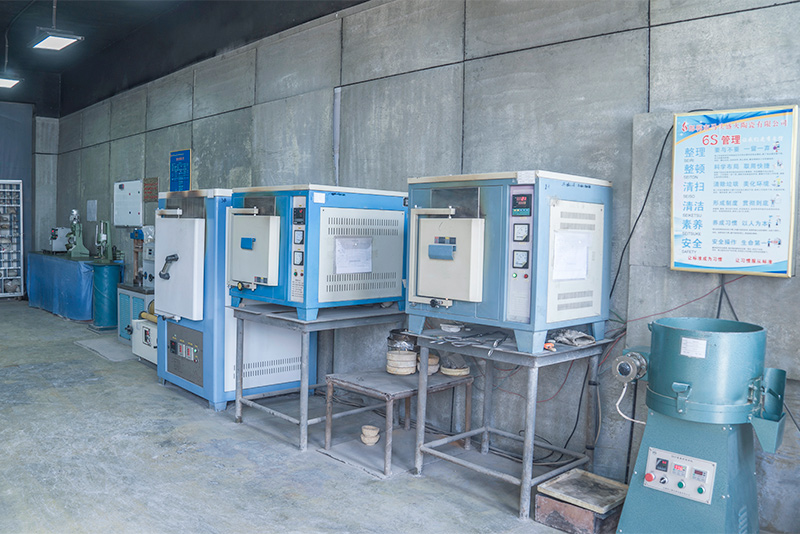Foundry Sand Contamination Challenges and Solutions
Foundry sand, a critical material in the metal casting industry, plays a vital role in producing high-quality castings. However, contamination of foundry sand has become a significant challenge that can adversely affect the casting process, the quality of the final product, and the environment. Understanding the sources and implications of foundry sand contamination is essential for maintaining efficiency in foundries.
Contamination in foundry sand typically arises from various sources, including impurities in raw materials, chemical reactions during the casting process, and inadequate handling and storage practices. Common contaminants include clay, silt, organic matter, and metallic particles. These impurities can lead to defects in castings, such as sand inclusion, which weakens the structural integrity of the final product. Furthermore, excessive contamination can complicate recycling efforts, leading to increased waste and operational costs.
Addressing foundry sand contamination requires a multi-faceted approach. First, it is crucial to implement rigorous quality control measures for raw materials. Regular testing of sand quality can help identify contaminants early in the process. Additionally, employing advanced filtration and cleaning technologies can significantly reduce impurities in the foundry sand. Techniques such as thermal reclamation and mechanical separation are becoming increasingly popular for regenerating foundry sand and enhancing its quality.
foundry sand contamination

Employee training also plays a pivotal role in minimizing contamination. Educating staff about proper handling and storage practices can prevent the introduction of foreign materials into the foundry sand. Moreover, establishing cleanliness protocols and scheduled maintenance can help maintain a contamination-free environment.
Recycling foundry sand is an effective strategy to mitigate the impact of contamination. By reusing sand that has been properly cleaned and treated, foundries can reduce waste and lower costs. Collaborating with environmental agencies to develop sustainable practices can also lead to better waste management overall, benefiting both the industry and the ecosystem.
In conclusion, while foundry sand contamination poses significant challenges, proactive measures can effectively mitigate its impact. By focusing on quality control, employee training, and recycling efforts, foundries can ensure optimal operational efficiency and maintain the highest standards of product quality. Embracing these practices not only enhances competitiveness but also promotes environmental sustainability in the metal casting industry.
Post time:Oktoba . 11, 2024 00:50
Next:golden sands prices
